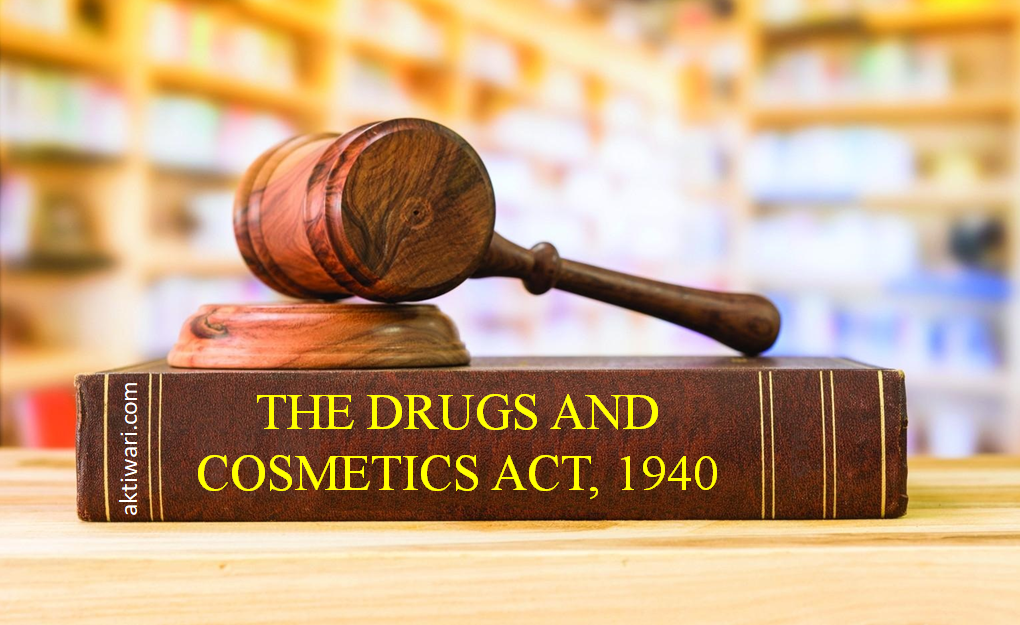Download Now
The Drugs and Cosmetics Act, 1940 is an act of the Parliament of India which regulates the import, manufacture and distribution of drugs in India. The primary objective of the act is to ensure that the drugs and cosmetics sold in India are safe, effective and conform to state quality standards. The related Drugs and Cosmetics Rules, 1945 contains provisions for the classification of drugs under given schedules and there are guidelines for the storage, sale, display and prescription of each schedule.
This act was originally known as the Drug Act and was passed in 1940. The original act was prepared in accordance with the recommendations of the Chopra Committee formed in 1930. The related Drugs Rules was passed in 1945. Since 1940, the act has undergone several amendments and is now known as the Drugs and Cosmetics Act, 1940.
The term "drug" as defined in the Act includes a wide variety of substance, diagnostic and medical devices. The act defines "cosmetic" as any product that is meant to be applied to the human body for the purpose of beautifying or cleansing. The definition however excludes soaps. In 1964, the act was amended to include Ayurveda and Unani drugs.
Section 16 of the act defines the standards of quality for drugs. Section 17 defines "misbranding". A drug is considered misbranded if it claims to be of more therapeutic value than it actually is. The manufacturer of such a drug may be asked to suspend the manufacture of the drug under Section 18. Section 27 deals with fake and adulterated drugs. The act requires more of the ingredients of the drugs should be printed on the label.
Section 22 defines the powers of the drug inspectors and Section 23 defines the strict procedure which should be followed by the inspectors during any raids.
There are several types of laws in which we practice. Click Here, to see a comprehensive list of few prominent areas of law in which we specialise.


